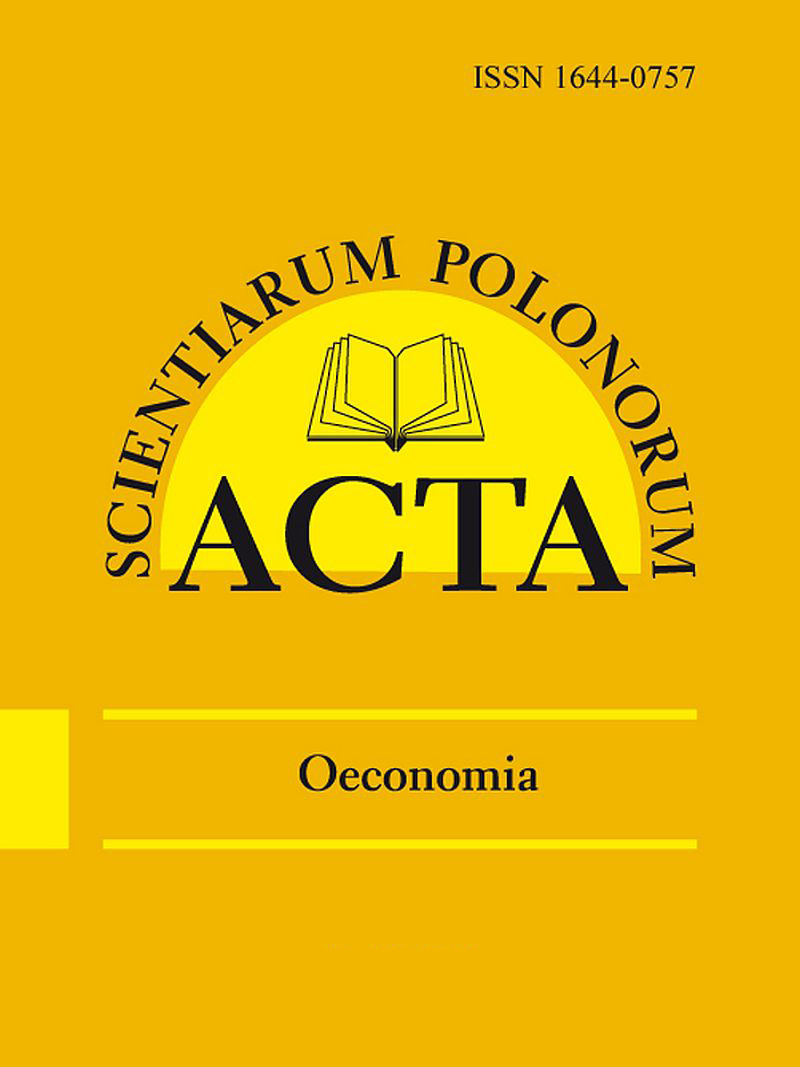ŚLAD WĘGLOWY PRZEDSIĘBIORSTWA PRZETWÓRSTWA MIĘSNEGO
THE CARBON FOOTPRINT OF A MEAT PROCESSING COMPANY
Author(s): Jerzy Bieńkowski, Ewa Dworecka-Wąż, Radosław Dąbrowicz, Małgorzata Holka, Janusz JankowiakSubject(s): Economy, Agriculture, Energy and Environmental Studies
Published by: Szkoła Główna Gospodarstwa Wiejskiego w Warszawie
Keywords: carbon footprint; GHG emissions; climate change; food industry; transport; emission intensity indicators
Summary/Abstract: Plans for mitigating greenhouse gas (GHG) emissions in the agri-food sector should not only include the production of agricultural raw materials but also the food processing industry. The aim of the research was to determine the carbon footprint of a meat processing enterprise and to analyze the intensity indicators of GHG emissions. The study was conducted in a medium-sized company, located in the Wielkopolska Province, for which pork is a basic feedstock for the production (over 81.0%). The results show that the largest GHG emissions were related to the consumption of electricity, natural gas and fuels in the transport of products. There were estimated values of several indicators of emission intensity. The main indicator of GHG emissions related to the unit of product was 519 g CO2 eq. per 1 kg. It is concluded that the analysis of the carbon footprint can be an important instrument for the management of GHG emissions at the company level and can also serve the purpose of assessing the effects of implementing plans for a low-carbon economy in the meat processing sector.
Journal: Acta Scientiarum Polonorum. Oeconomia
- Issue Year: 16/2017
- Issue No: 2
- Page Range: 5-12
- Page Count: 8
- Language: English

